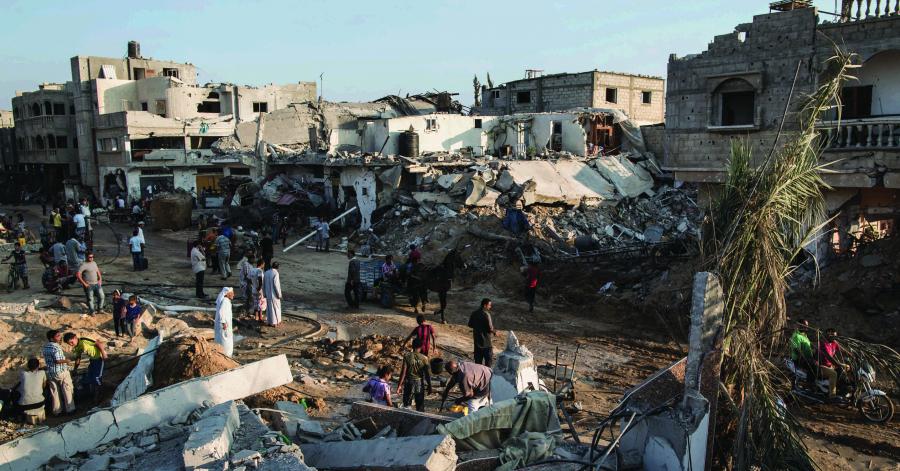Financial systems, national treasuries, and international markets are all part of the battlefield during times of conflict, which is not restricted to missiles and vehicles. The global monetary landscape would undergo unprecedented disruption in the event of a Third World War. In a world that is disintegrating, central banks would be forced to scramble for stability as currencies would either rise or collapse, inflation would be widespread, and currencies would be volatile.
**Which currencies are likely to endure—or even flourish—and which will be crushed by the pressure of global conflict?**
The Currency and War The Domino Effect
National currencies have been historically destabilized by significant conflicts. Wars necessitate substantial government expenditures, which are frequently funded through asset seizures, borrowing, or manufacturing money. This rapidly induces inflation, particularly when imports cease or when confidence in a government is compromised.
Inflation hampered economies, gold-backed currencies were abandoned, and illegal markets became indispensable during World War I and II. The stakes—and the interconnectedness—are even greater in a 21st-century global conflict.
Vulnerable Currencies Are the Most Likely Losers
1. **Currencies of Emerging Markets**
Countries that have high debt, limited reserves, or trade deficits may experience currency collapses. Investors seek refuge in a war economy, which frequently results in large devaluations of these currencies.
2. **Countries That Are Directly Involved in Conflict**
Capital flight, sanctions, and supply chain collapse would be encountered by warring states. Hyperinflation and currency depreciation may result if their central banks print money to maintain defense expenditure.
3. **Economies Dependent on Commodities**
Currencies of resource-rich but unstable nations may experience a decline in value as a result of diminishing revenues and external pressure in the event that conflict disrupts commodity exports, such as oil, gas, or uncommon minerals.
Potential Winners: Strategic Actors and Safe Havens
1. **United States Dollar (USD)**
The U.S. dollar continues to function as the global reserve currency, despite its shortcomings. If the U.S. homeland remains comparatively secure, it could benefit from a “flight to safety” during conflict, as investors withdraw funds from volatile markets and invest in U.S. assets.
2. **Swiss Franc (CHF)**
Switzerland’s currency has a history of strong performance during periods of crisis, and it is recognized for its neutrality and stability. The franc could reestablish itself as a secure refuge if it maintains a neutral stance.
3. **Currencies Backed by Gold or Resources**
Trust and purchasing power may be enhanced for any nation that substantiates its currency with gold or essential resources. In a world that is characterized by volatility, tangible underpinning becomes more appealing than central bank promises.
Cryptocurrency: Clarity or Chaos?
1. **Bitcoin (BTC)**
In theory, Bitcoin provides a decentralized alternative in the event that trust in fiat systems is compromised. In practice, its volatility and reliance on internet infrastructure render it both a potential lifeline and a liability.
Nevertheless, in countries that are grappling with hyperinflation or suspended bank accounts, Bitcoin may emerge as a critical instrument for the storage and transmission of value across borders, as it has in Venezuela and Ukraine.
2. **Stablecoins**
In regions where digital commerce becomes the norm or banks are annihilated, digital currencies that are tied to stable assets (such as the USD) may flourish in black or gray markets. Nevertheless, their continued existence would be contingent upon infrastructure, internet connectivity, and resistance to censorship.
3. **Central Bank Digital Currencies (CBDCs)**
During wartime, nations may expedite the establishment of CBDCs in order to regulate money flows, monitor transactions, and provide assistance or compensation to personnel. These state-run digital currencies could also be employed to circumvent sanctions, particularly by countries that are not connected to SWIFT or global banking systems.
A Deconstruction of Institutions and Trust
Financial trust would be among the initial casualties of World War II. Foreign reserves, global debt markets, and cross-border settlements may experience freezing or fracture. This would result in:
* **Currency fragmentation**, in which specific regions establish isolated monetary zones * **Repricing of commodities**, potentially outside the dollar system
In the event that global institutions such as the IMF and World Bank collapse or lose legitimacy, countries may opt to establish new financial blocs based on political alignment rather than economic principle or turn inward.
The Post-War Realignment: A New Monetary Order?
The global monetary system may undergo a significant transformation once the smoke has settled. Potentialities encompass:
* The emergence of a **global digital reserve asset** issued by a new coalition * A **multipolar currency regime** with competing regional powers (e.g., USD, digital yuan, euro, gold-backed coin) * A return to tangible value through increased reliance on **commodity-backed currencies**
In the same way that Bretton Woods transformed the global economy following World War II, a post-WWII world may witness a significant reevaluation of the way money functions across borders.
Final Thoughts: Currency as a Shield and Weapon
Currencies will not only reflect economic power in the turmoil of global conflict; they will also **shape it**. Controlling inflation, access, transactions, and trust are the primary objectives of wartime finance. Those who can maintain infrastructure, adapt swiftly, and preserve economic confidence will emerge as the victors.
However, one truth will endure: the value of money is contingent upon the system that underpins it. **The future of currency may not be inscribed in central bank memos—but in survival, resilience, and reinvention—in a fractured world.**

Leave a Reply